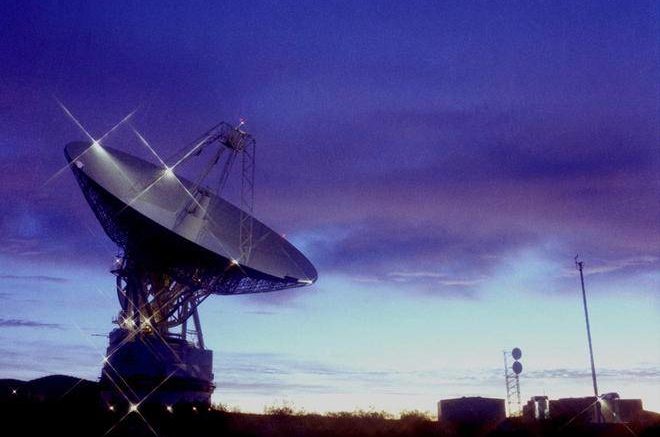Hang around satellite geeks enough and you’re going to hear the term “backhaul.” When DIRECTV was launching satellites almost every year, it was frustrating to hear that a lot of satellite capacity was used for “backhaul.” I wasn’t sure what that was, except I knew it meant less satellite capacity for me.
Satellite companies like DISH and DIRECTV get their programming from a lot of sources. There are national content providers like Discovery, ESPN and CNN. Then, there are thousands of local channels. All that programming has to go to one of DISH’s or DIRECTV’s broadcast centers to be sent to a satellite before it gets to you. Did you ever wonder how it got there?
The answer is backhaul.
Backhaul is the process of sending that programming from its origination point to the broadcast center. At one point in the past, backhaul was referred to as “bicycling” because film was shot out in the field and delivered by bicycle to the local station for processing and broadcast. Obviously you couldn’t do that today… it would take too long. It has to be live. Backhaul is done a little differently with satellite TV, but the process is really very similar to the way it’s always been done.

First, you have to collect the signal. With a lot of local channels this starts with an antenna. However, newer facilities just take the feed before it gets broadcast… which tends to be cleaner. Either way, the signal is received, amplified, and sent on its way. With cable TV, the signals are pulled from a satellite and redistributed over wires. With satellite TV, they’re sent directly to a dish on the roof. When you use a streaming service, they’re received and sent over the internet. No matter how it’s done, the backhaul process is the same.
A little bit of “backhaul backstory”
 Back in the 1950s, when people realized there was no way you could get TV programming from coast to coast via bicycle, they started using long-distance telephone lines. Originally copper wire was used but since the 1980s most information that goes by cable uses fiber optics. Fiber is much smaller than copper and can carry a lot more information. Still, it’s expensive to use that many long distance lines. If only the satellite companies had some way of getting information from place to place without wires….
Back in the 1950s, when people realized there was no way you could get TV programming from coast to coast via bicycle, they started using long-distance telephone lines. Originally copper wire was used but since the 1980s most information that goes by cable uses fiber optics. Fiber is much smaller than copper and can carry a lot more information. Still, it’s expensive to use that many long distance lines. If only the satellite companies had some way of getting information from place to place without wires….
Of course they do! Since satellite TV providers own and operate satellite fleets, they send the signal up through a satellite. Generally several channels are grouped together and all sent at the same time, so some fiber optic cable is generally used to get the signals to that central backhaul facility.
It’s pretty amazing when you think about the trip that a news story can take getting to you. Cell phone video is e-mailed to a TV station, combined with professional footage shot on site and sent via microwave. It’s then edited down, broadcast to an antenna, sent over fiber to a backhaul facility, then sent up to a satellite, down to a broadcast center, back up to a satellite and back down to you. What a world!
Get the best entertainment from satellite TV
Satellite TV is still the best value in entertainment. For one low price you get hundreds of channels of content you can’t get anywhere else. You also get the ability to stream using dozens of apps. If you’re interested in satellite TV, come to the experts! Solid Signal is a DIRECTV National Accounts Dealer and DISH Premier Local Retailer. We’re here to help you choose the best option for your home, business, RV, or boat. One call does it all!
Call us at 888-233-7563 with any questions. You’ll get an expert in our Novi, Michigan offices, not some overseas call center. We’re here for you during East Coast business hours. If it’s after hours, fill out the form below. We’ll get right back to you!





